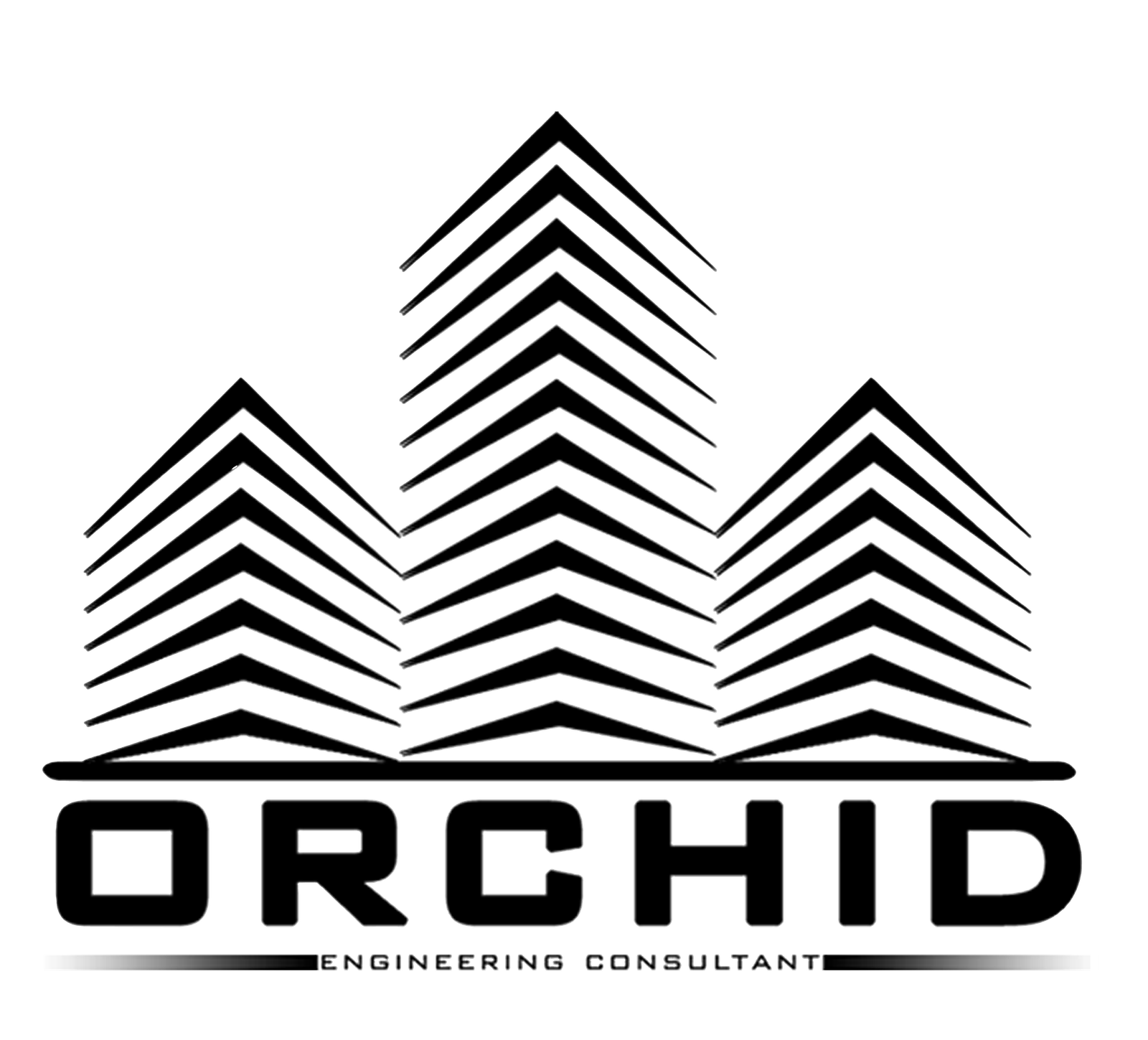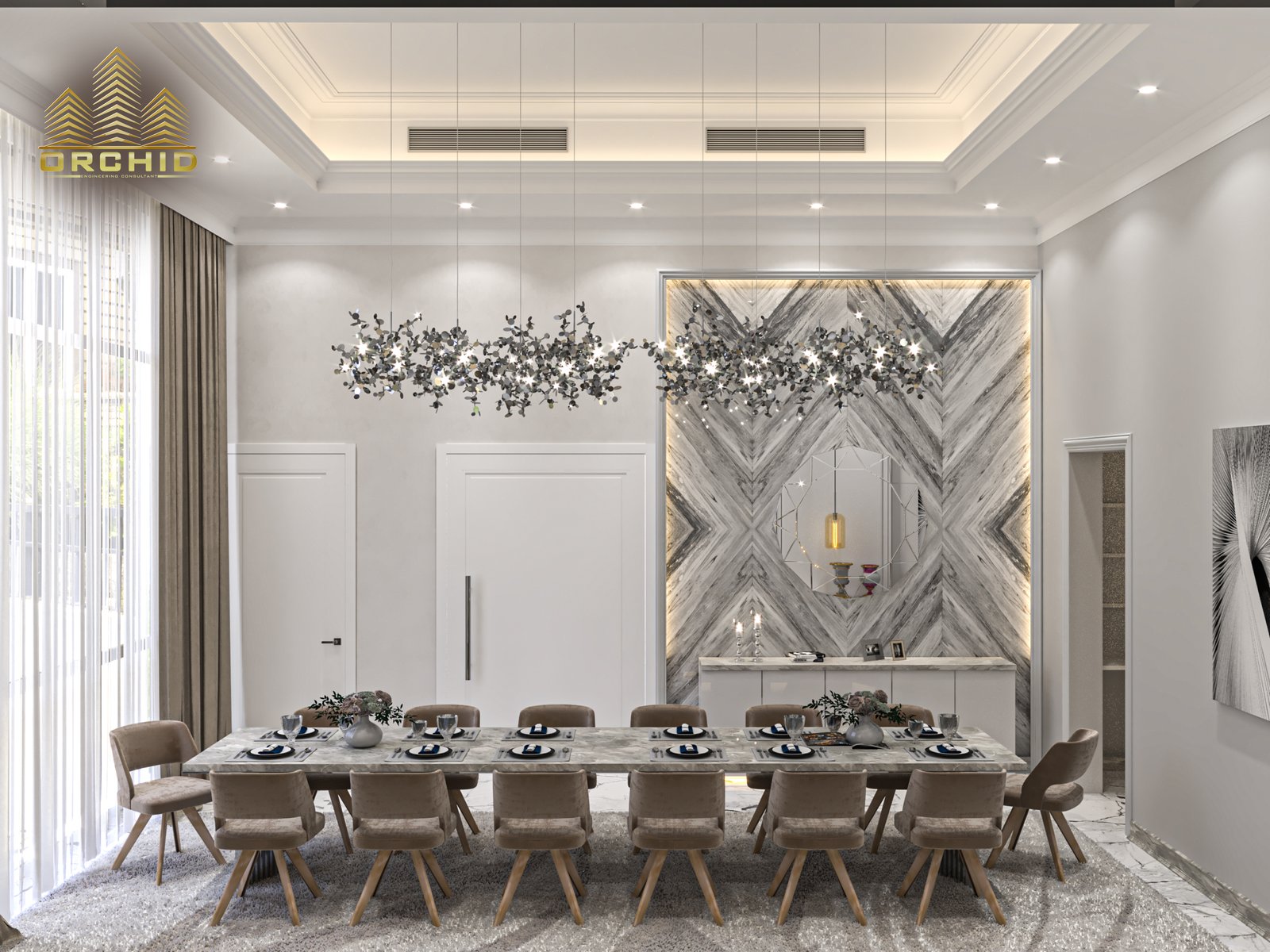
Creating Luxurious and Comfortable Interior Spaces: A Guide to Modern Design Trends
Understanding Luxury in Interior Design
Luxury in interior design transcends mere aesthetics, manifesting as an intricate balance of quality, exclusivity, and comfort. At its core, luxury is defined by the use of high-quality materials, such as natural stone, fine woods, and sumptuous textiles, which create a distinctive atmosphere that is both elegant and inviting. These materials not only appeal to the senses but also signify a commitment to craftsmanship and longevity, key attributes in any luxurious space.
Moreover, attention to detail is paramount in achieving a luxurious environment. Every element, from the placements of furniture to the choice of color palettes, plays a crucial role in crafting an overall experience that is both cohesive and captivating. Designers often incorporate bespoke furnishings and accessories that serve not only functional purposes but also act as statements of sophistication. These unique pieces can imbue spaces with a sense of individuality and distinction, further emphasizing the exclusivity associated with luxury interiors.
Luxury is also characterized by its sense of comfort. Unlike the traditional notion that luxury is solely about opulence, modern design trends encapsulate a more holistic approach. This integration means that luxurious spaces should invite relaxation while simultaneously showcasing beauty. Elements like plush seating, ambient lighting, and open layouts contribute to a feeling of serenity, allowing individuals to unwind in an environment that feels both extravagant and welcoming.
Ultimately, understanding luxury in interior design involves recognizing its multifaceted nature. It is not merely about grand visuals but about creating an ambiance that prioritizes quality, attention to detail, and comfort. By harmonizing these components, one can elevate their spaces into true havens of luxury while maintaining functionality and warmth.
The Role of High-Quality Materials in Design
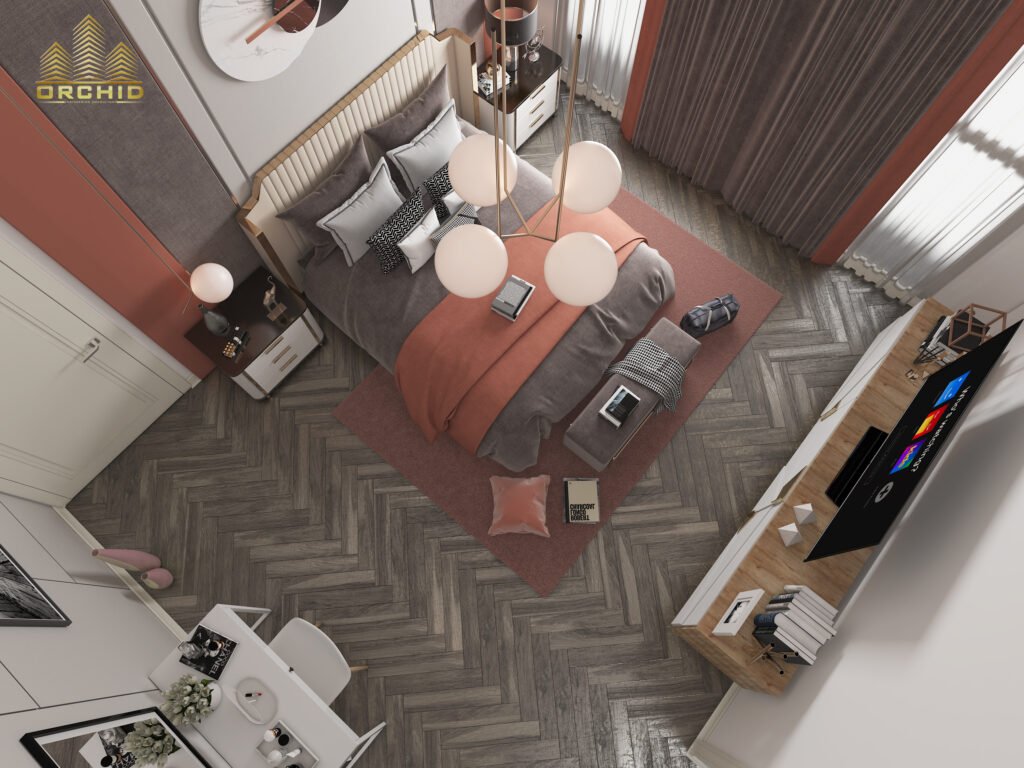
In the realm of interior design, the choice of materials plays a fundamental role in shaping not only the aesthetic but also the sensory experience within a space. High-quality materials are pivotal in creating luxurious and comfortable interiors. When designers prioritize these materials, they elevate the overall ambience, instilling a sense of elegance and durability that lower-quality alternatives simply cannot replicate.
Natural woods, for example, are often favored for their warmth and texture. Species such as oak, walnut, and teak provide a rich and inviting atmosphere. The grain patterns in these woods contribute to a unique aesthetic, presenting subtle variations that enhance the character of a room. Moreover, wood is celebrated for its ability to age gracefully, adding to the longevity and timelessness of interior spaces.
Fine fabrics, such as silk, cashmere, and high-thread-count cottons, are essential for achieving comfort and luxury. These materials not only appeal to the touch but also serve to enhance the visual richness of a space. Upholstery that utilizes such fabrics creates an environment that invites relaxation while exuding sophistication. Additionally, the choice of fabrics impacts acoustics and temperature regulation, further contributing to the overall comfort of the space.
Equally important are durable metals, such as brass, stainless steel, and bronze. These materials not only offer strength and resilience but also bring a modern edge to traditional designs. When incorporated thoughtfully, metals can act as statement pieces, reflecting light and adding layers to the interior. Their longevity ensures that the design remains intact, thus preserving the integrity of the original vision.
In addition to aesthetic appeal, high-quality materials significantly influence the user experience and maintain the design longevity. By carefully selecting every element, designers can create luxurious interior spaces that not only look impressive but also stand the test of time.
Current Modern Design Trends
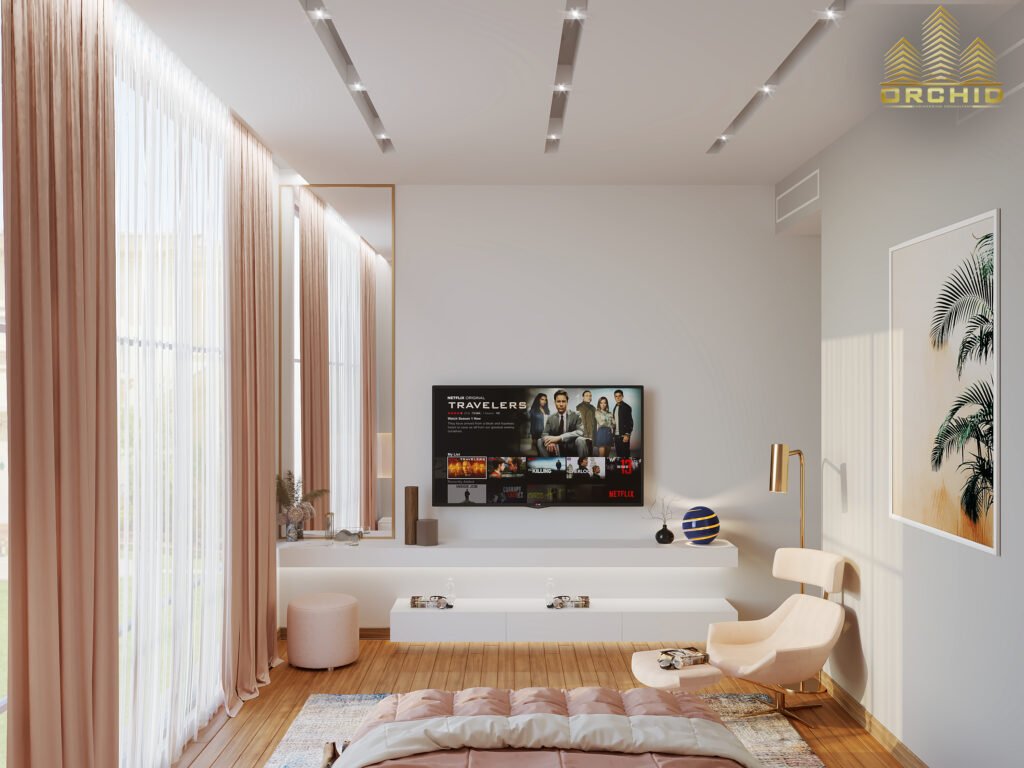
In the evolving landscape of interior design, several modern trends have emerged that focus on luxury while ensuring maximum comfort. One primary trend is minimalism, characterized by clean lines, uncluttered spaces, and a “less is more” philosophy. This approach not only fosters a sense of tranquility but also allows for the integration of high-quality materials that convey elegance without overwhelming the senses.
Sustainable design practices are gaining traction as eco-conscious consumers seek homes that reflect their values. Utilizing reclaimed materials, energy-efficient appliances, and sustainable furniture can create interiors that are both luxurious and environmentally friendly. This trend aligns perfectly with the broader movement towards responsible living, ensuring that comfort does not come at the expense of the planet.
The integration of smart home technologies is also shaping modern interiors. Home automation systems can enhance both convenience and luxury, allowing homeowners to control lighting, temperature, and security with ease. These technologies not only contribute to an efficient living environment but also add a layer of sophistication to contemporary spaces.
Biophilic design is another trend that focuses on connecting indoor spaces with the outdoors. Incorporating natural elements, such as plant life, water features, and natural light, can create soothing environments that promote well-being. Biophilic interiors often utilize soft, earthy color palettes that evoke a sense of calm and comfort.
In current markets, popular color palettes trend towards soft neutrals and understated tones, which complement minimalist aesthetics. Furniture styles are increasingly leaning towards functional pieces that offer both comfort and style, with an emphasis on ergonomics and flexibility. By blending these modern design trends, homeowners can create inviting spaces that exude both luxury and comfort, making their interiors not only beautiful but also livable.
Creating a Comfortable Yet Luxurious Environment
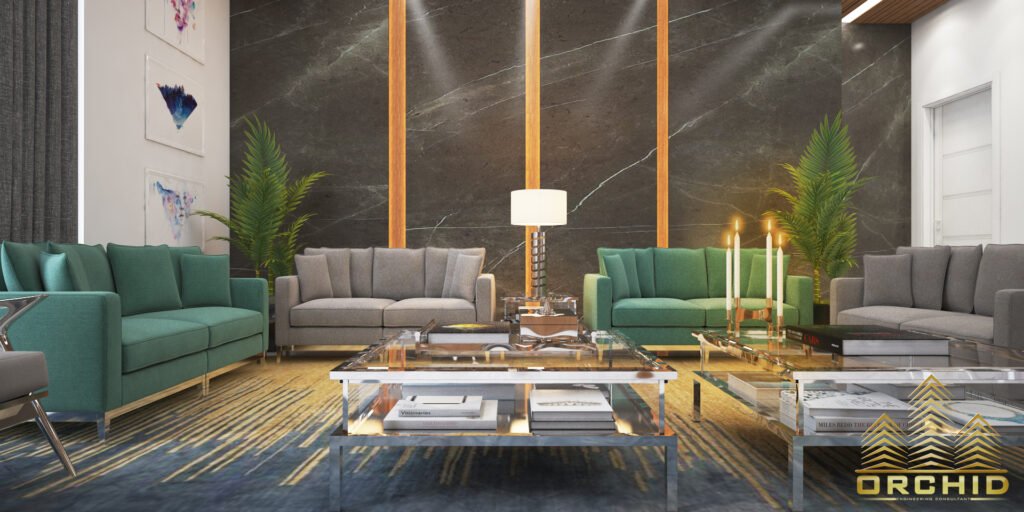
Designing an interior space that embodies both comfort and luxury involves a meticulous balance of various elements. To achieve this, one must pay close attention to furniture arrangement, lighting, and accessorizing, while ensuring that each aspect contributes to an inviting atmosphere. Prioritizing comfort does not mean sacrificing elegance; rather, it can enhance the overall aesthetic appeal of the space.
When considering furniture arrangement, aim to create a layout that promotes conversation and flow. Select pieces that invite relaxation, such as plush sofas and armchairs, while also ensuring they are aesthetically pleasing. The positioning of these items should encourage ease of movement around the room. Additionally, consider the scale of the furniture relative to the space; oversized furnishings can dwarf a room, while smaller, carefully selected pieces can evoke a sense of openness without compromising on style.
Lighting plays a crucial role in setting the mood and can significantly impact how a space feels. Utilizing a mix of ambient, task, and accent lighting can create a warm and welcoming environment. Consider installing dimmer switches to adjust brightness according to the time of day or occasion. Select fixtures that reflect your personal style, such as elegant chandeliers or modern sconces, ensuring that they complement the overall design while enhancing the comfort of the area.
Accessorizing is another fundamental aspect of creating a luxurious yet comfortable interior. Incorporating soft textiles such as cushions, throws, and rugs can add layers of warmth and appeal. Additionally, personal touches, such as artwork or family heirlooms, contribute to a sense of identity within the space, elevating its overall comfort. Selecting accessories that resonate with your taste will not only enhance livability but will also emanate a luxurious vibe throughout your home. By harmonizing these elements, one can effectively create an environment that exudes both comfort and sophistication.
